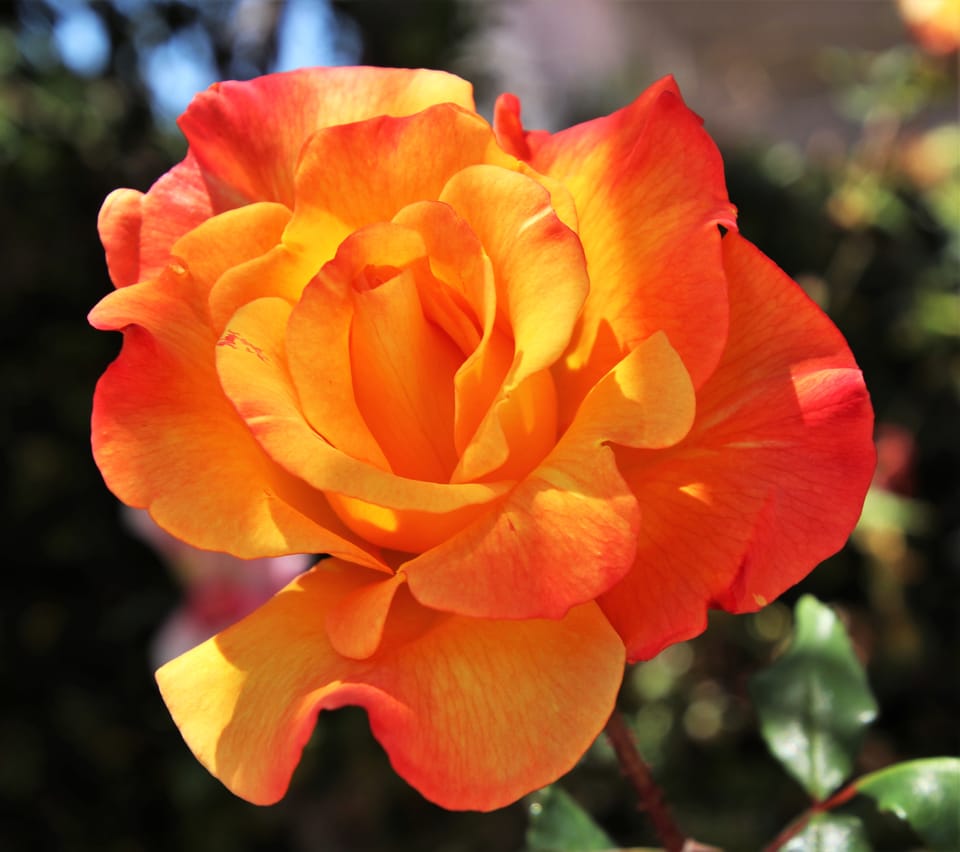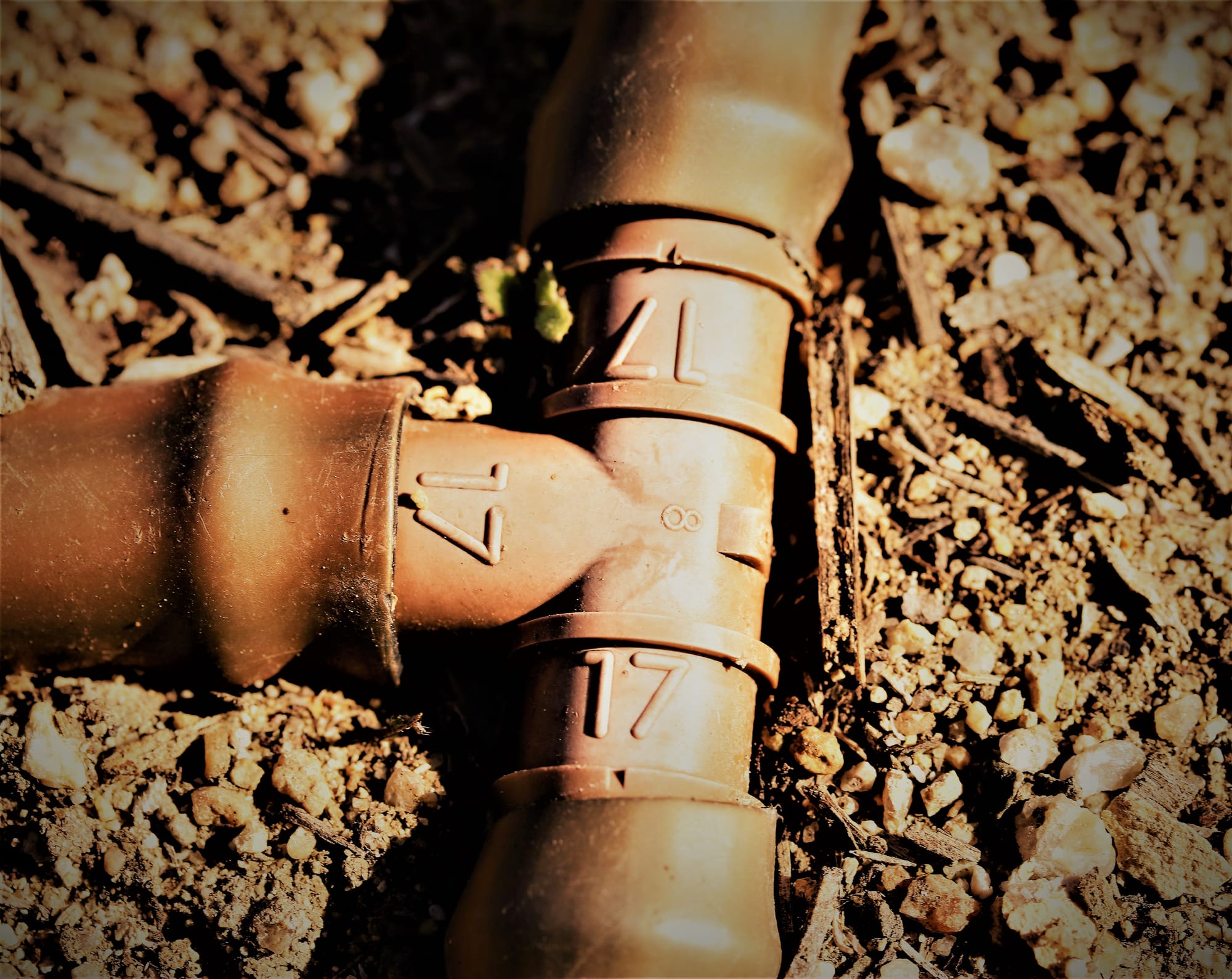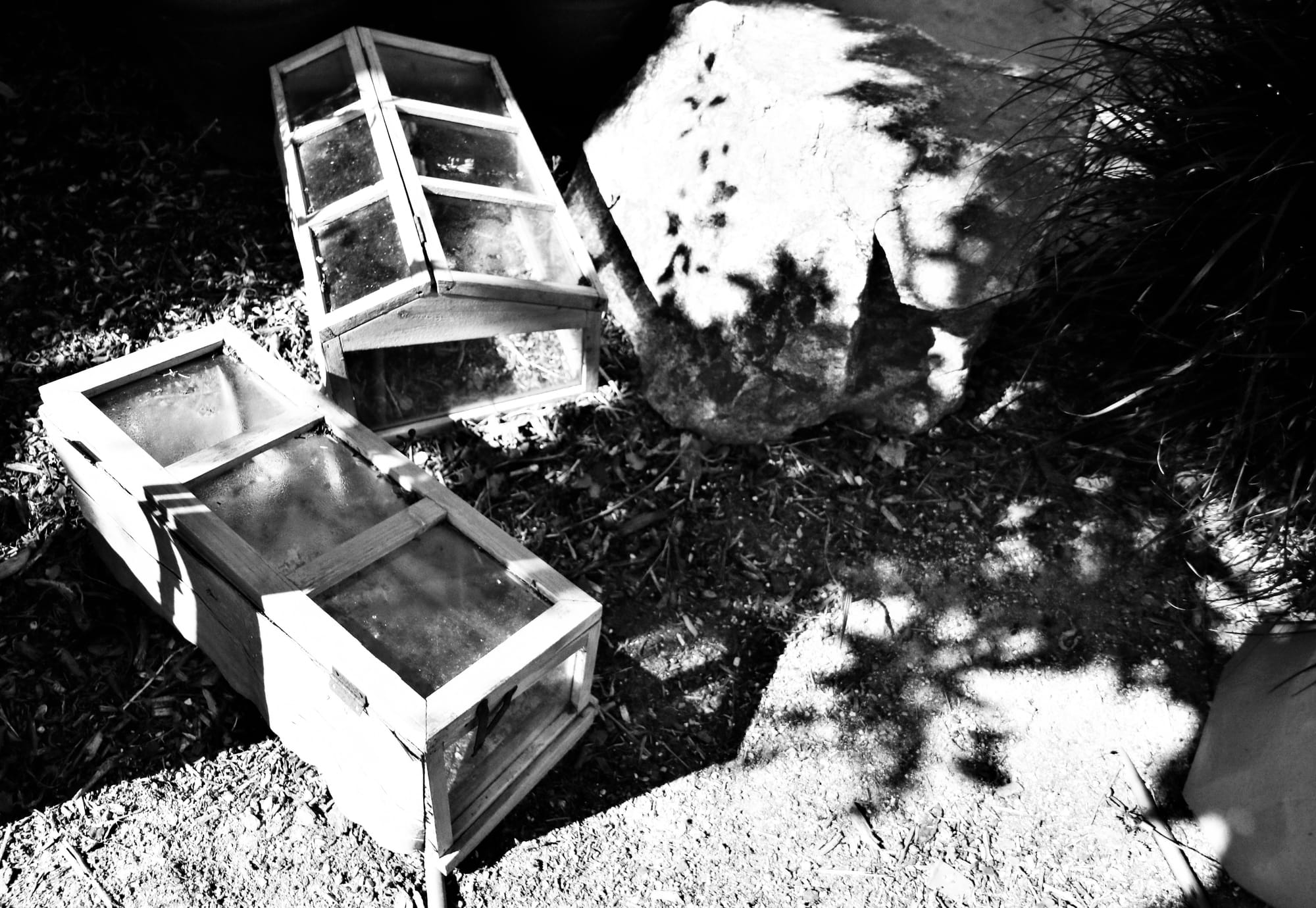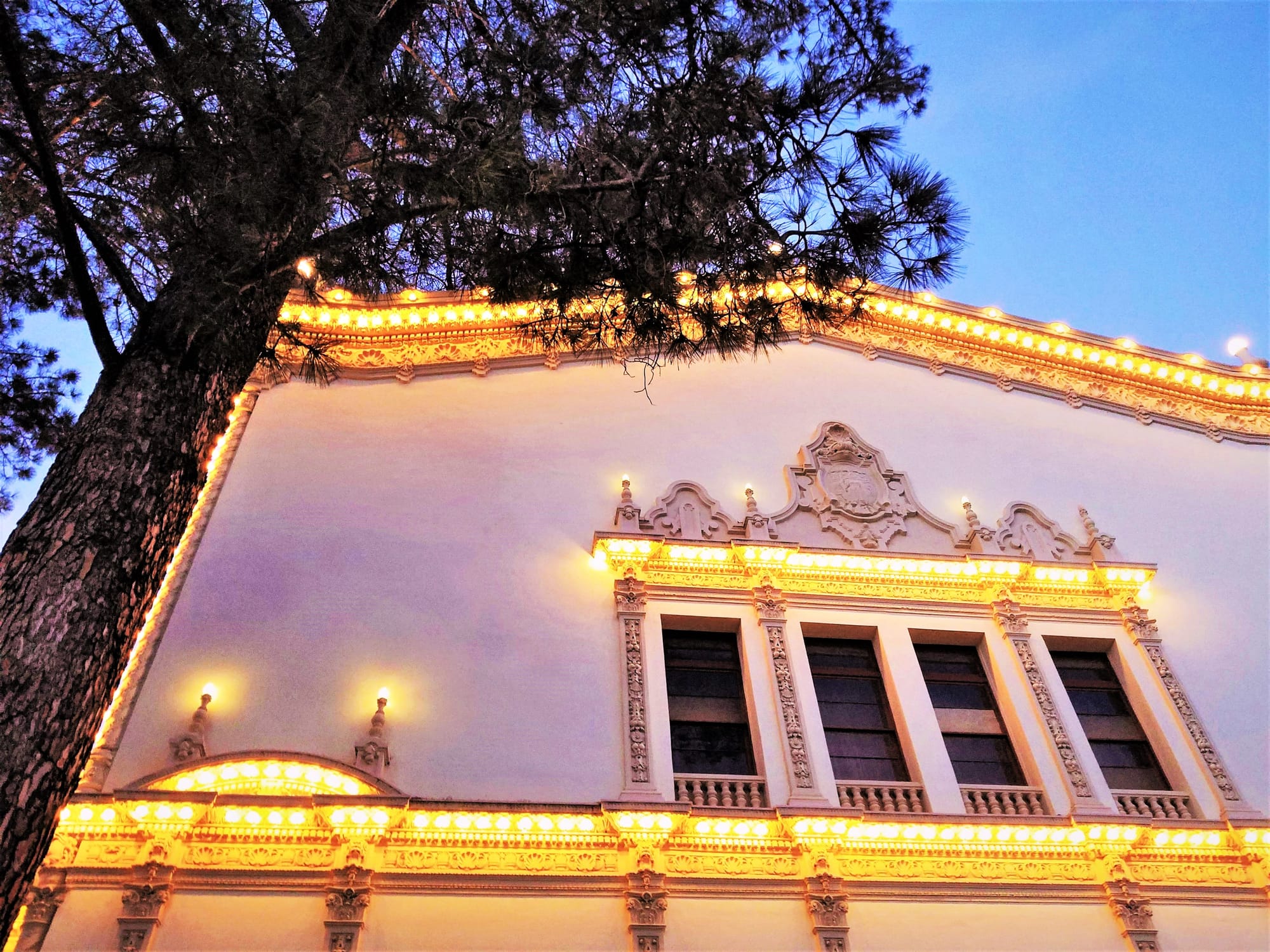Dream Scenario: A Photo Study of Ideas

The colors startled me when I rediscovered the photograph above, reminding me of the day I captured this orange rose through veils of sunlight. If I recall correctly, it graced someone's yard, and I seized the opportunity for a photo. I had recently purchased camera equipment and decided to pursue photography, as an adjunct to writing and drawing. Looking back, the old images evoke numerous ideas, as if photography had been an invitation to deeper thinking more than a celebration of art. With this in mind, let's engage in an exciting (and eclectic) photo study.
Light and Shadow: Chicano Park in San Diego, California
The complex illuminations of the sun always inspire me. When I began to study the shadows of architecture, and the various spaces they conceal, sunlight would often intervene to brighten things in intriguing ways. I found this to be the case when I observed the freeway overpasses of Barrio Logan Heights, the site of Chicano Park in San Diego.
During photo expeditions into the area, I became fascinated by the infrastructure. In the 1970s, when construction of a California Highway Patrol substation was planned, neighbors became outraged. So heated was the contention between residents and the city that a community park was developed instead, with artwork being contributed by local muralists. Now listed as a national landmark, the public art of Chicano Park is visited year-round by enthusiastic tourists. Moreover, it serves as a photographer's paradise.

When viewing the area, everything feels dynamic, as individual forms combine themselves unexpectedly, a line of concrete underscoring the landscape here, a soft edge disappearing into colors and textures there. The visual transitions of Barrio Logan are captivating. Equally important, of course, is the ever-changing relationship of community members to the city and its various agendas. This ongoing story deserves its own essay. For the moment, however, we will focus on art and its impact on our ideas and aspirations. Although an afternoon of shooting photos in the park seems relaxing, it has relevance to the ongoing narrative of our communities. Next, we leave the park environment to study the details of a suburban yard.
Strange Intersections in a Garden

Water must sustain the life of a garden in direct fashion, not only to hydrate the ground but also to cleanse leaves of pollution and dust. Sometimes irrigation methods are no less interesting than the gardener's plants, especially for macrophotography. The intersection of aesthetics and infrastructure provides us with countless photo opportunities. And there is even more to consider as we investigate this subject. In fact, I rather like this theme of strange intersections in cultivated spaces. Perhaps I'll write something with this topic in mind. But I digress.

While living in a townhouse in Eastlake, I had a neighbor who cultivated plants and left all manner of ornaments in her wake. She was a gardener but also an all-around housewife who reveled in cooking gourmet dinners, shopping for furniture, and hiding Easter eggs at the appropriate season. In the midst of a spring project, she left garden boxes in disarray, a perfect photo opportunity which I appreciated. Often, subjects present themselves in ideal form, but only for a fleeting moment.

I recall taking this photo while patrolling the sea lion habitat in La Jolla, California. Although technically imprecise, it works well from a narrative standpoint, the male sea lion watching over his harem as rooking season arrives. As a park ranger, I was privileged to capture many such moments to share with the public, delighting tourists and reminding them to view wildlife from a safe distance. From here, we switch gears to explore the joys of evening photography.
Dusk in Perspective
Writers, photographers, and painters all delight in the magnificence of dusk, those pastel interludes that evaporate into darkness. One evening at Balboa Park, I decided to photograph the architecture as night began to advance. The combination of artificial and natural light intrigued me, and the lines of a nearby tree felt poetic when I found the proper angle.

Sepia Tones and Ordinary Things

From beautiful flowers and community art to sea lions and historic buildings, a photographer's playground is truly vast. Now, we conclude within a more confined space, a sepia tone composition from the previous decade.
More interludes from Balboa Park . . .
City of San Diego equipment yards yielded a cache of images, my lens finding all manner of oddities. While on patrol, I enjoyed many opportunities to practice frame composition and experiment with narrative elements. Here, I learned a great deal about visual storytelling, as rusted tools, trees and equipment sheds assembled to reveal their secrets. Now, let's consider the idea that ordinary things narrate our history--specifically through material culture studies. If we read artifacts and natural objects carefully, as if they were pieces of text, much can be learned about the people who made use of them. How will future generations regard our old laptops and phones, our crumbling buildings, and countless food wrappers that refuse to biodegrade? I do wonder.
I find it poignant to look back at this image, realizing that the tree in the background is now gone, and the tools are likely dispersed, as well. A photo captures the beauty of things departed and, all too often, long forgotten.